Philippa Bevans was born on February 10, 1913 in London, England. She was an actress, known for The World of Henry Orient (1964), The Notorious Landlady (1962) and The Group (1966). She died on May 10, 1968 in New York City, New York, USA.

Hollywood Actors
Philippa Bevans was born on February 10, 1913 in London, England. She was an actress, known for The World of Henry Orient (1964), The Notorious Landlady (1962) and The Group (1966). She died on May 10, 1968 in New York City, New York, USA.
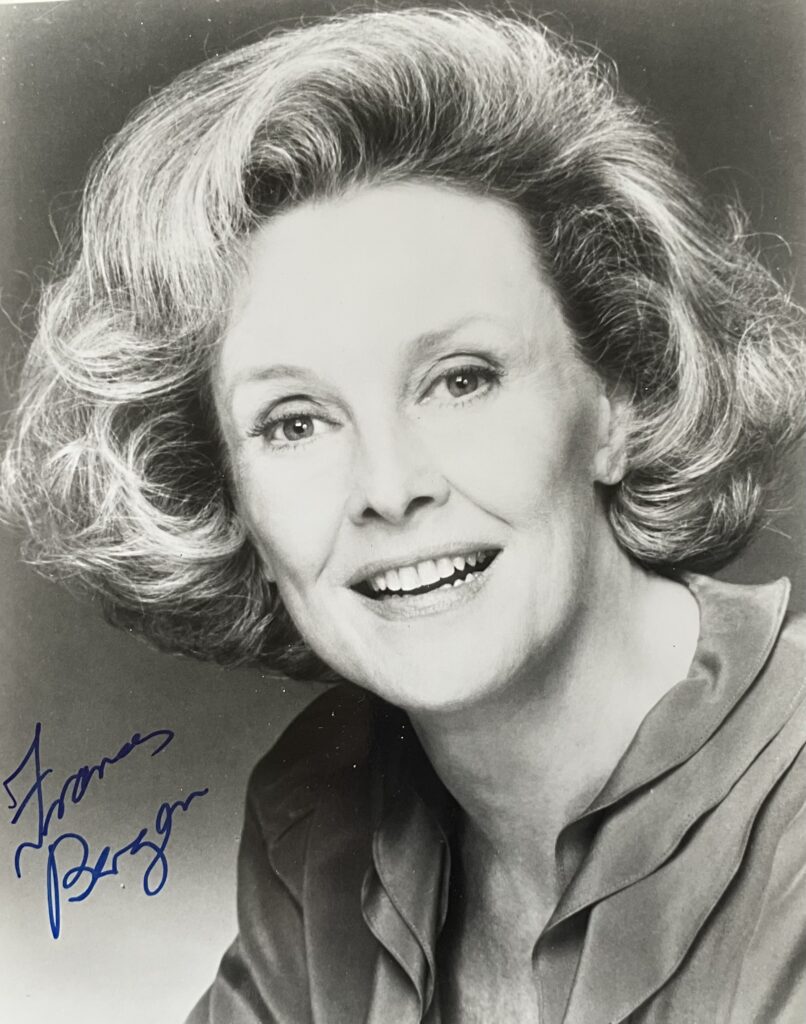
“New York Times” obituary from 2006:
LOS ANGELES, Oct. 7 (AP) — Frances Bergen, a model and actress who married the ventriloquist Edgar Bergen and was the mother of the actress Candice Bergen, died here on Monday. She was 84. Her death followed a prolonged illness, said Heidi Schaeffer, a publicist for Candice Bergen, said Tuesday. She declined to specify the illness.
Born Frances Westerman in Birmingham, Ala., she moved to Los Angeles with her mother after her father died of tuberculosis. When she was 19, she attended a recording of “The Edgar Bergen/Charlie McCarthy Show” and caught the attention of the star, then 39, who with his impish, top-hatted dummy Charlie, was host of radio’s highest-rated programs at the time. The two married after more than a year of courtship. She later started a successful modeling career and became the face of the Chesterfield Girl and Ipana Girl in advertisements. The birth of her first child, Candice, was headline news in 1946.
The Bergens had a son, Kris, born in 1962, who also survives, along with a granddaughter, Chloe Malle, Candice Bergen’s daughter with the filmmaker Louis Malle. Edgar Bergen died in 1978 at 75. Like her husband, Frances Bergen appeared in several movies, playing small roles in the 1953 rendition of “Titanic,” “American Gigolo” and “The Muppets Take Manhattan.” She also appeared on “Murphy Brown,” her daughter’s hit sitcom.

1981 obituary from “The New York Times”:
Adele Marie Astaire, the pixieish dancer who captivated audiences in New York and London in many musical comedies of the 1920’s with her brother and dance partner, Fred, died yesterday in Phoenix at the age of 83. Members of the family said she had suffered a stroke on Jan. 6 and never recovered consciousness.
Miss Astaire had been beset by illness in recent years, according to, Kingman Douglass Jr. of Chicago, her stepson. ”But she had enormous recuperative powers,” he said, ”and soon would be up and in Marine-type English telling what she thought of the world.”
Miss Astaire had lived in Phoenix since her second husband, Kingman Douglass, died in 1971. She had spent summers until two years ago in Ireland, at the castle she shared with her first husband, the late Lord Charles Cavendish. Appeared in ‘Funny Face’ The diminutive, dark-haired comedian starred in 11 musicals with her brother, who is two years her junior. Among the more memorable were ”Funny Face,” ”Lady, Be Good,” ”The Band Wagon,” ”For Goodness’ Sake” – retitled ”Stop Flirting” in London – and ”Apple Blossoms.”
Miss Astaire left show business in 1932 to become the wife of Lord Cavendish, the second son of the ninth Duke of Devonshire. Their romance was something of an international sensation, as she kept putting off accepting Lord Charles’s proposal until she had one final hit show. At the time of their engagement she was performing in Florenz Ziegfeld’s ”Smiles,” which received less than happy reviews when it opened in 1930. Although ”Smiles” was a dud, reviewers, such as Brooks Atkinson of The New York Times, singled out the Astaires for praise:
”Strictly speaking, the Astaires are dancers. But they have more than one string to their fiddle. With them, dancing is comedy of manners, very much in the current mode. Free of show-shop trickery, they plunge with spirit into the midst of the frolic. Once to the tune of ‘If I Were You, Love,’ with a squealing German band accompaniment, they give dancing all the mocking grace of improvisation with droll dance inflections and with comic changes of pace. Adele Astaire is also an impish comedian; she can give sad lines a gleam of infectious good-nature. Slender, agile and quickwitted, the Astaires are ideal for the American song-and-dance stage.” Left Stage and Her Brother
After ”The Band Wagon,” at the pinnacle of her career, she left the stage and her brother for Lismore Castle in County Waterford, Ireland, from which producers tried repeatedly to lure her. Mr. Astaire went on to greater fame on the screen with Ginger Rogers.
Fred said of his sister on her retirement, ”She was a great artist and inimitable, and the grandest sister anybody could have.” He had followed her into dancing. When he was 4 and she was 6, their parents sent him to her dance classes so he could keep her company, but he got interested.
The marriage of Lord and Lady Charles, though happy, was marked by tragedy. A daughter was born in 1933, and died the same day. Two years later, twin sons, who were born prematurely, died within hours of their births. She was to have no more children. Some time later, Lord Charles fell ill from a liver ailment that made him an invalid.
During World War II, at the urging of her husband, Miss Astaire worked at a famous Red Cross canteen in London, the Rainbow Corner, helping out at the information desk, dancing with G.I.’s and shopping and writing letters for them. To the letters she signed herself, ”Adele Astaire (Fred’s sister).” Married for Second Time
On March 23, 1944, Lord Charles died. Three years later, on April 28, 1947, Miss Astaire was married to Mr. Douglass, whom she had met at the Rainbow Corner. It was his second marriage. In 1950, he became assistant director of the Central Intelligence Agency, a post he held for two years before resuming his career in finance. He became a partner in Dillon Read & Company, retiring before his death in New York in 1971.
Adele Marie Austerlitz was born in Omaha, Neb., on Sept. 10, 1898, to Fredrick Austerlitz, a brewer from Vienna, and the former Ann Geilus, a native of Omaha. In 1904, the family moved to New York, where Adele and Fred, the only children, were enrolled in the Alviene School of Dance. Until then, they had been tutored by their mother.
The Astaires appeared in their first vaudeville show in New York in 1912, and had their first triumph on Broadway in 1917, with ”Over the Top” at the Winter Garden.
Besides her brother and stepson, Miss Astaire is survived by two other stepsons, Howard James Douglass of Chicago and William Angus Douglass of London.
Private services will be held in Phoenix and Beverly Hills, Calif.
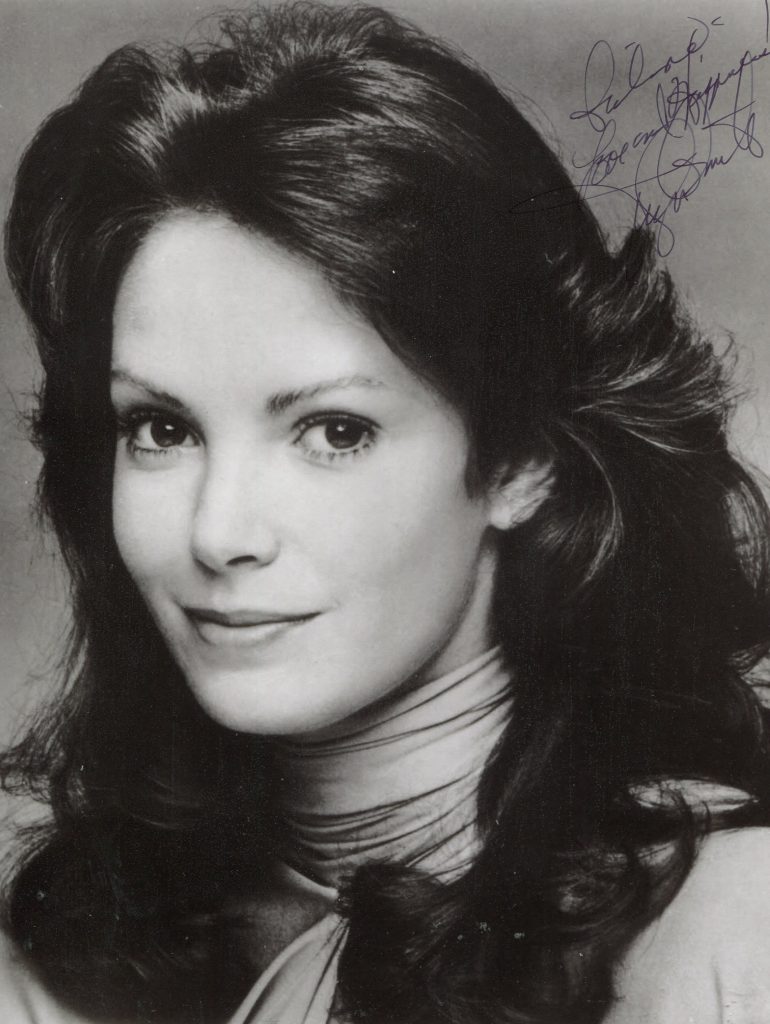
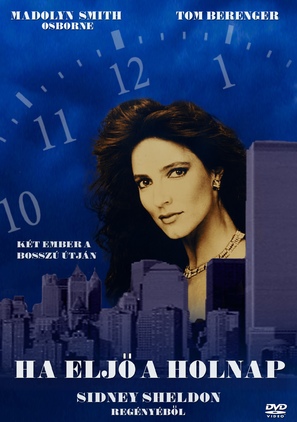
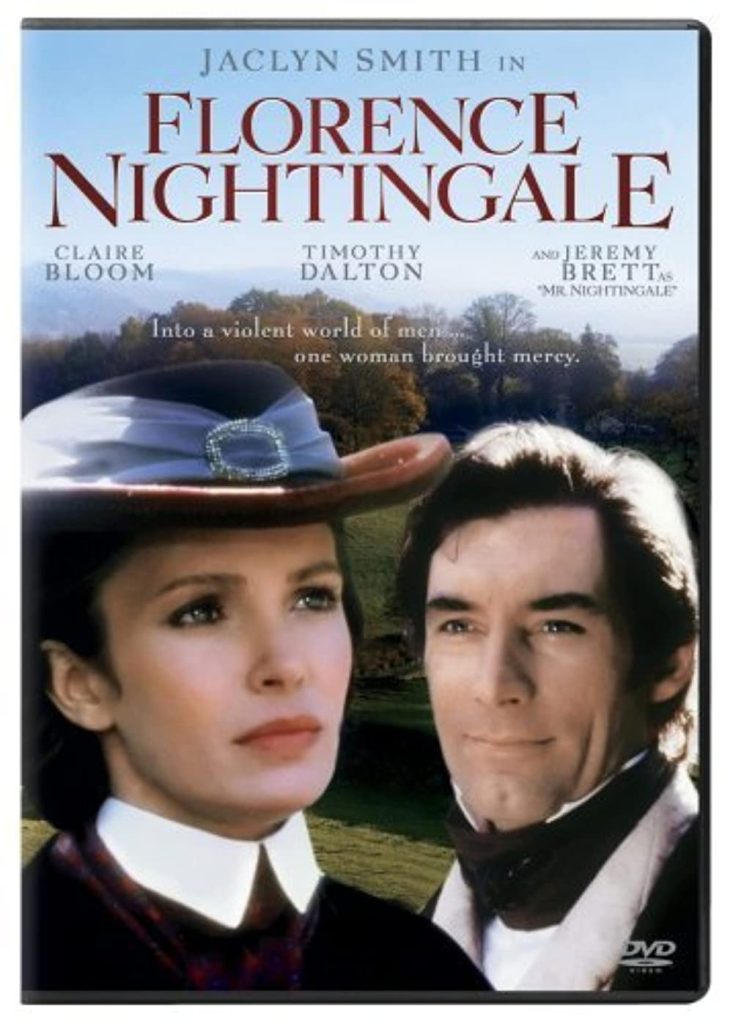
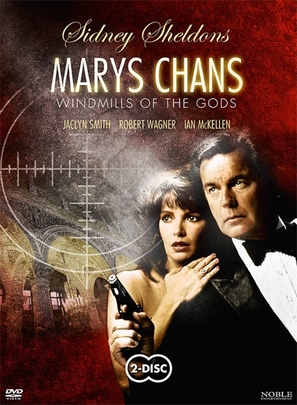
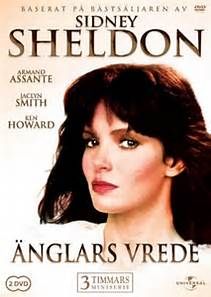
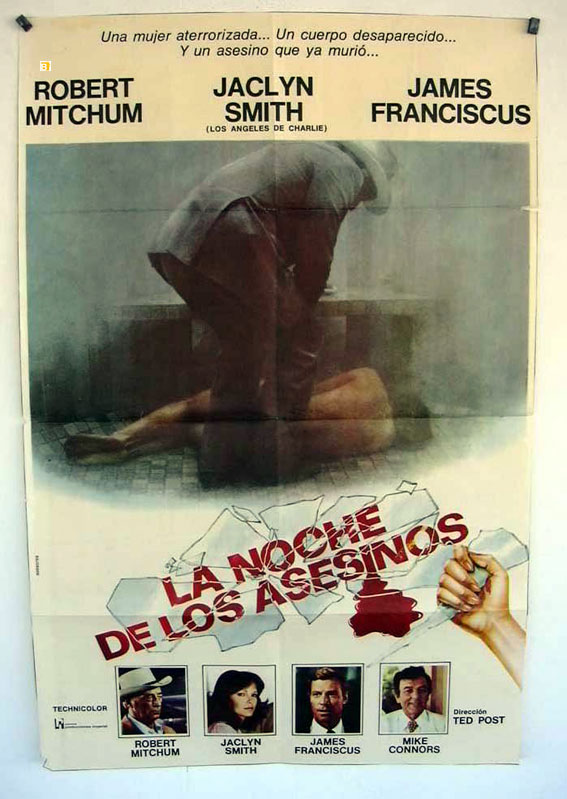


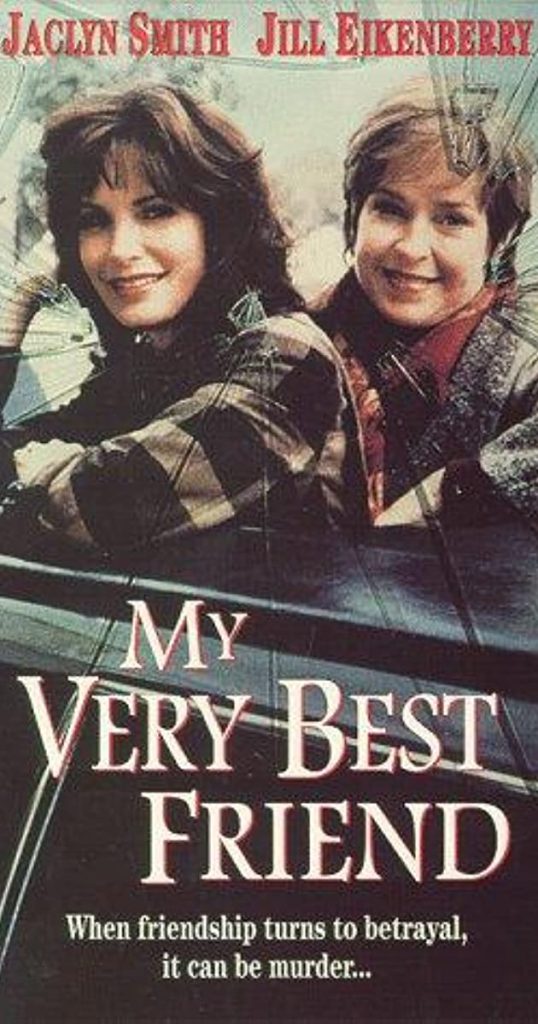
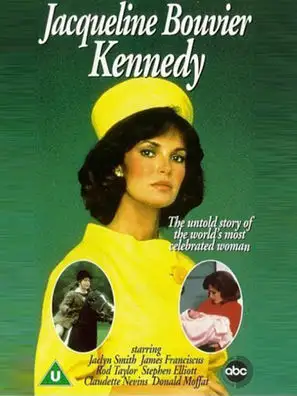
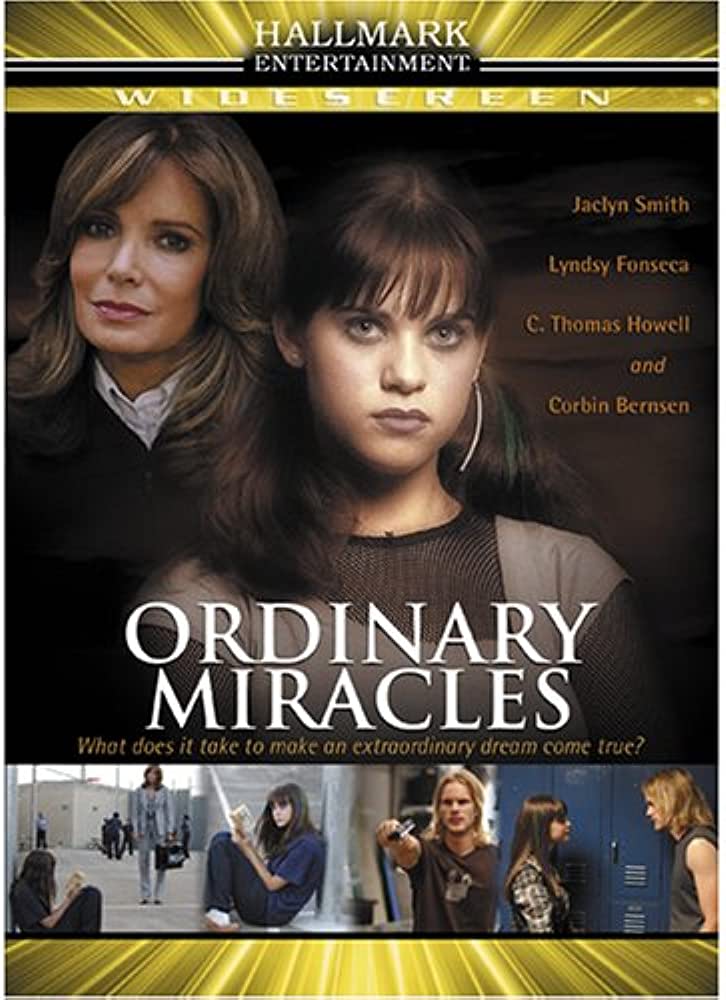

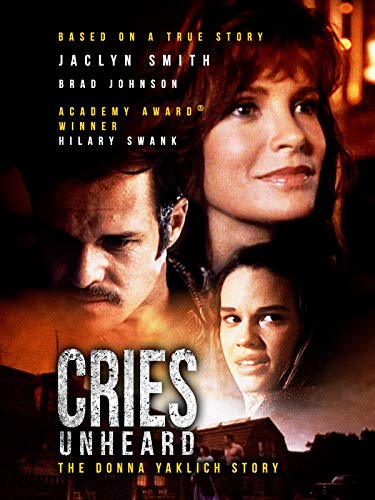
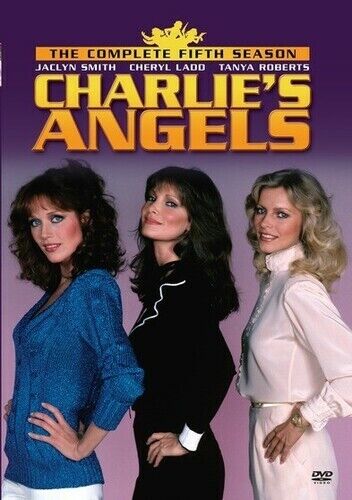
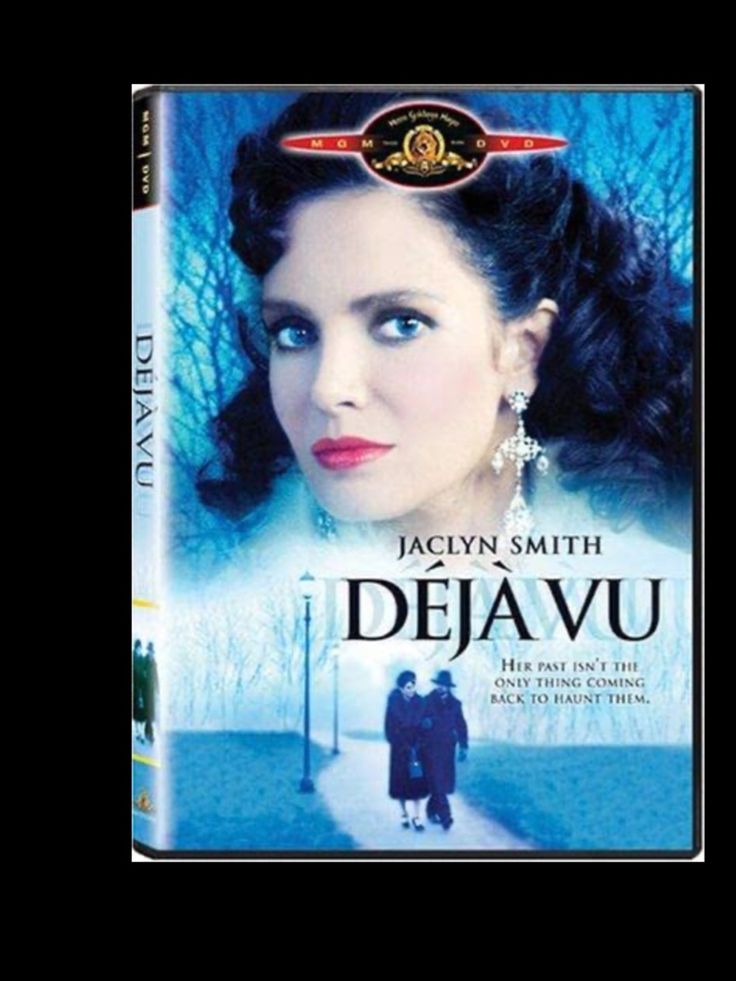

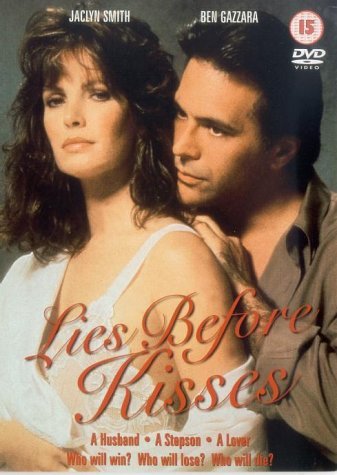
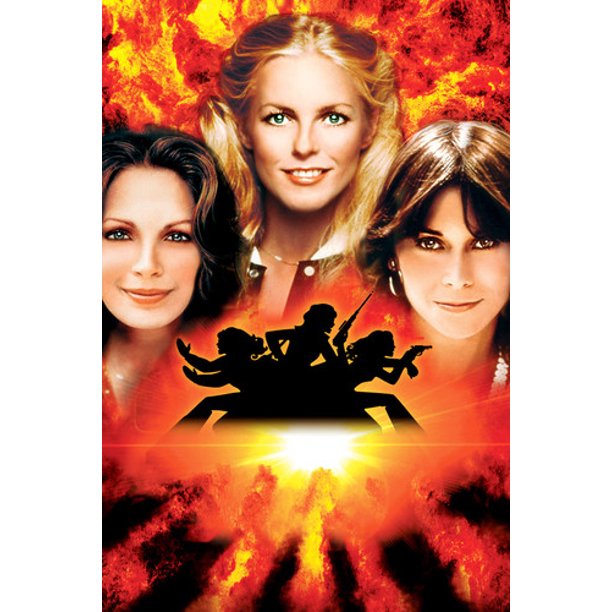
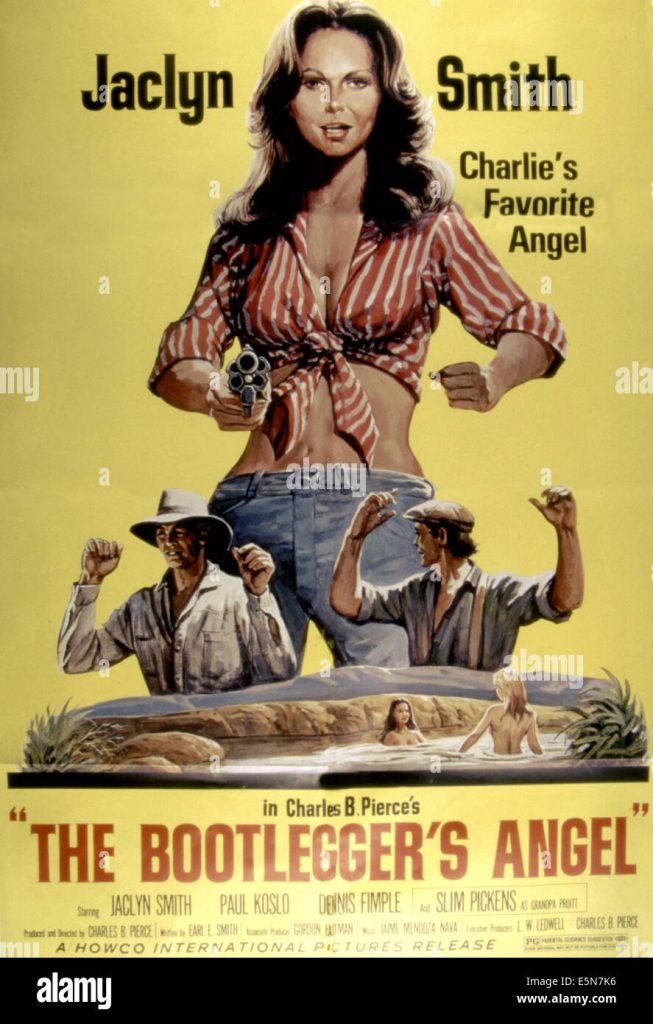
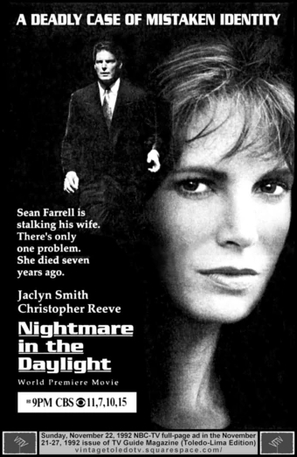
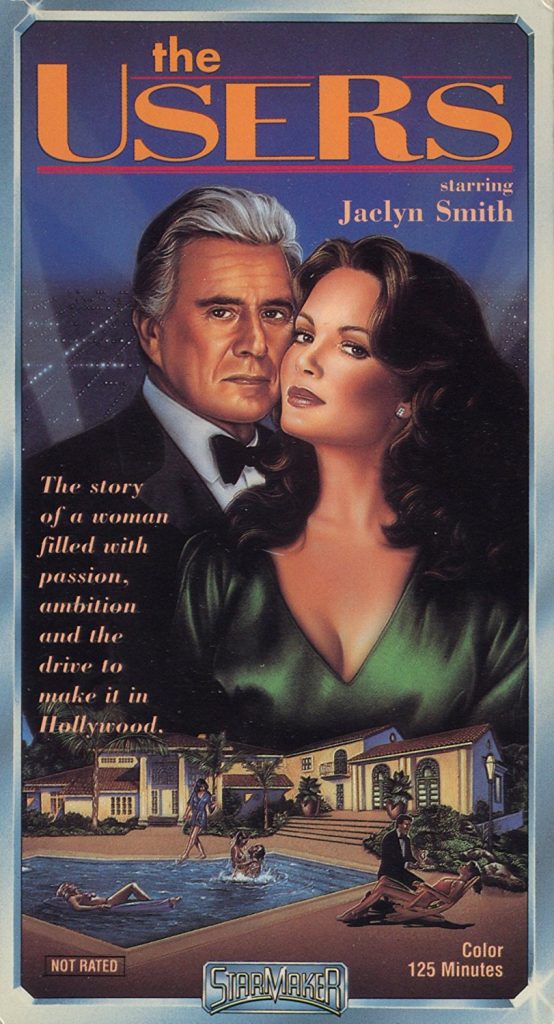
IMDB Entry:
Jaclyn Smith was born Jaclyn Ellen Smith on October 26, 1945 in Houston, Texas. She graduated from high school and originally aspired to be a famous ballerina. In 1973, she landed a job as a Breck shampoo model. In 1976, she was offered a chance to star in a new pilot for a planned television series, entitled Charlie’s Angels (1976). The pilot was slick and the show was an instant hit when it debuted on September 22, 1976 on ABC. Smith has the distinct honor of being the only Angel *not* to leave the show in its entire five-season run (1976-1981). After Charlie’s Angels (1976), she went the TV-movie route and starred in such TV films as Jacqueline Bouvier Kennedy (1981) for which she received a Golden Globe nomination, and such miniseries as The Bourne Identity (1988), Rage of Angels (1983) and Windmills of the Gods (1988). She has had her own extremely successful clothing line at KMart since 1985, and is often a spokesperson. Her first two marriages to actors Roger Davis and Dennis Cole ended in divorce. She has two children from her third marriage to cinematographer Anthony B. Richmond (they divorced in 1989). Her fourth marriage is to her father’s physician Dr. Brad Allen. She married him in 1997 and they both created a skincare line.
– IMDb Mini Biography By: Bill Hatfield <hatfield@stgeorges.edu>
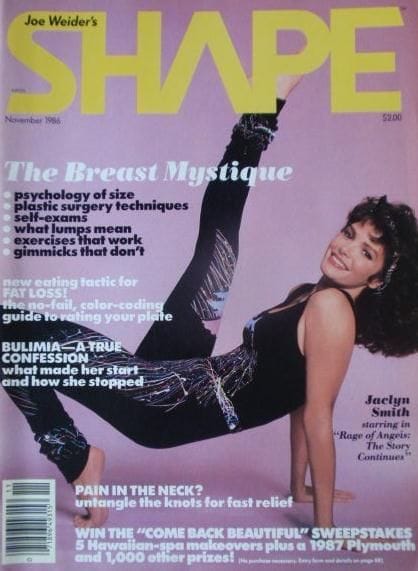
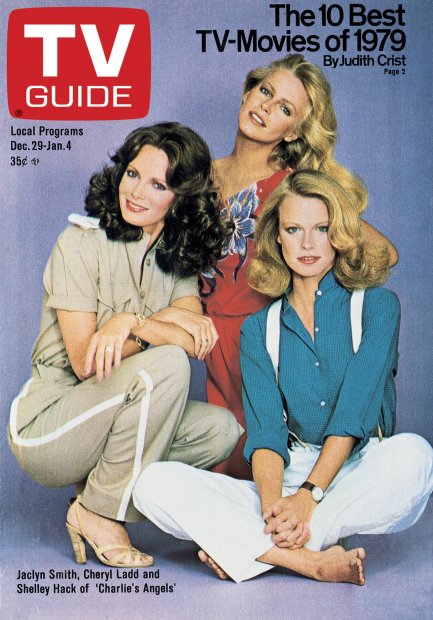
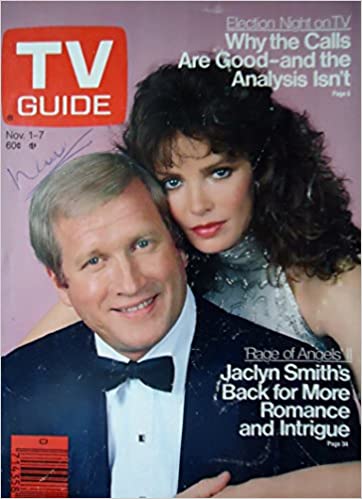
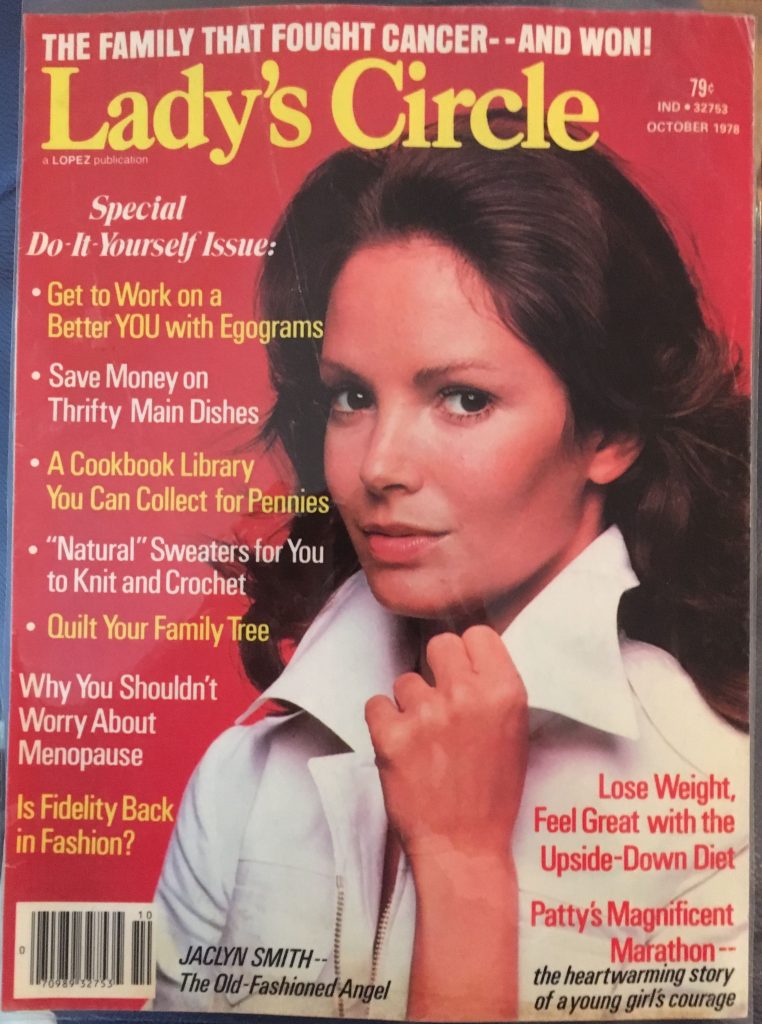
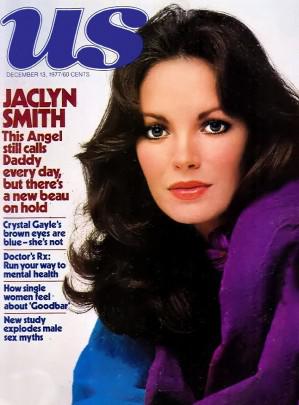
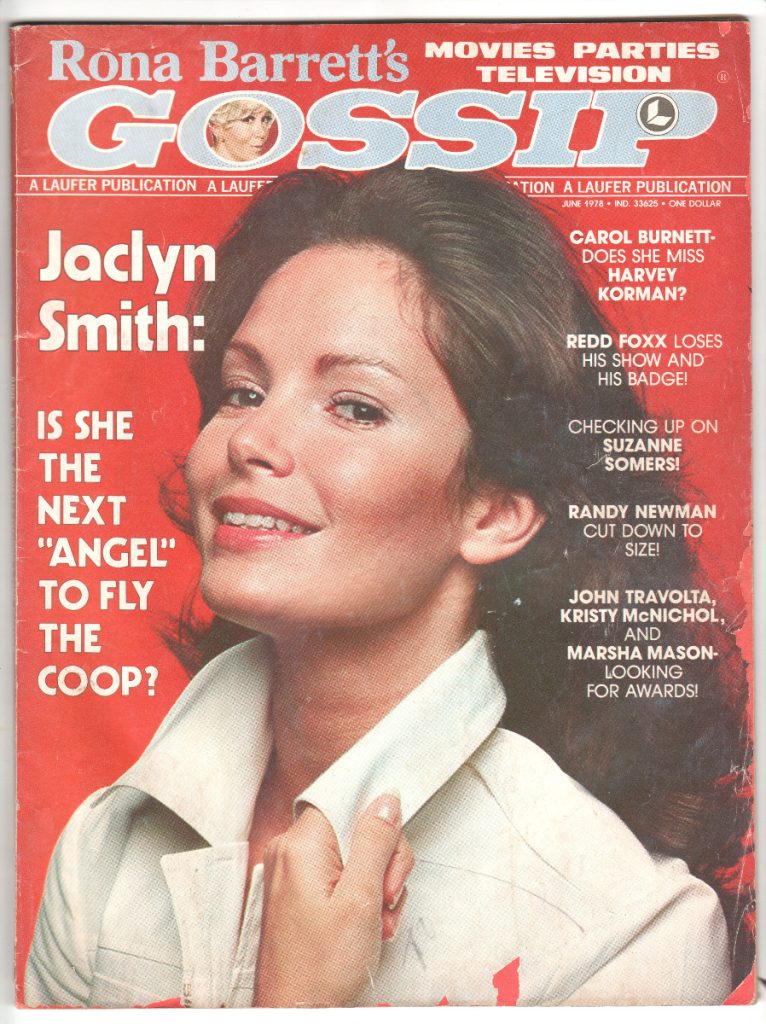

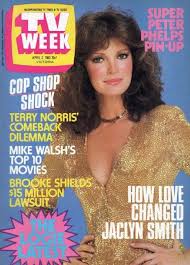
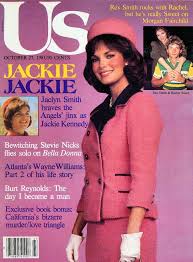
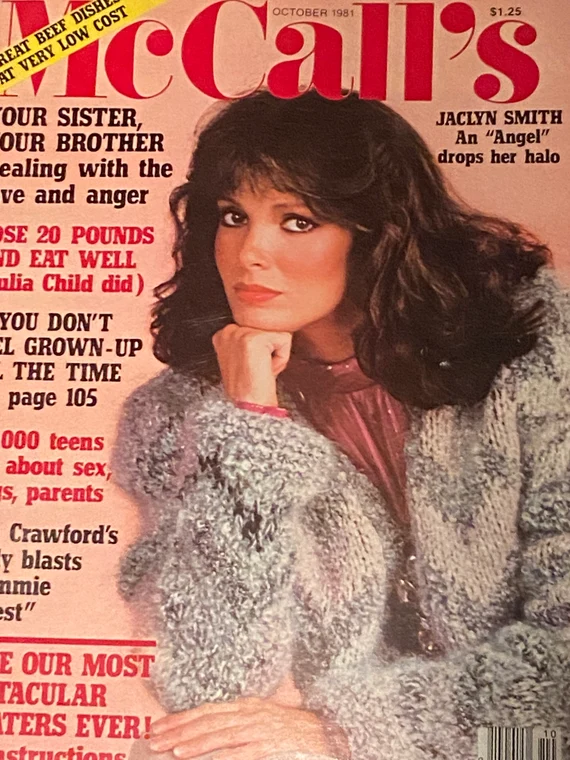
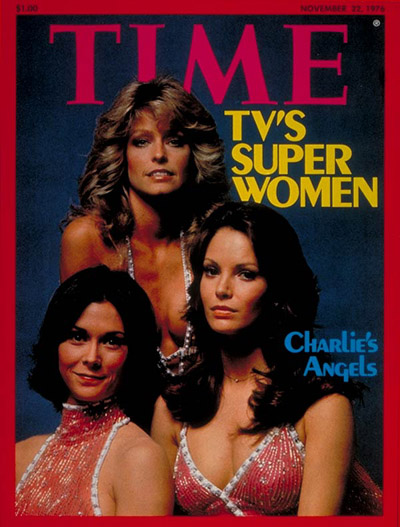
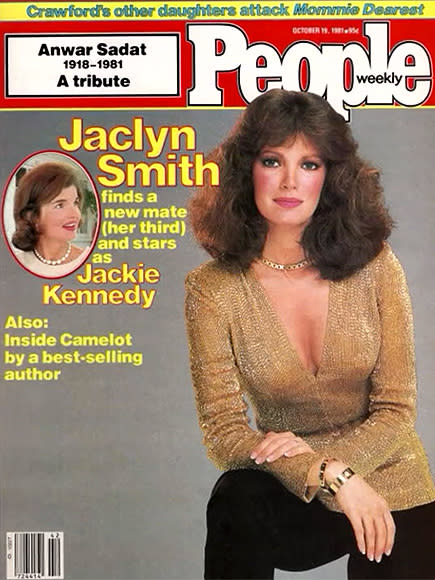
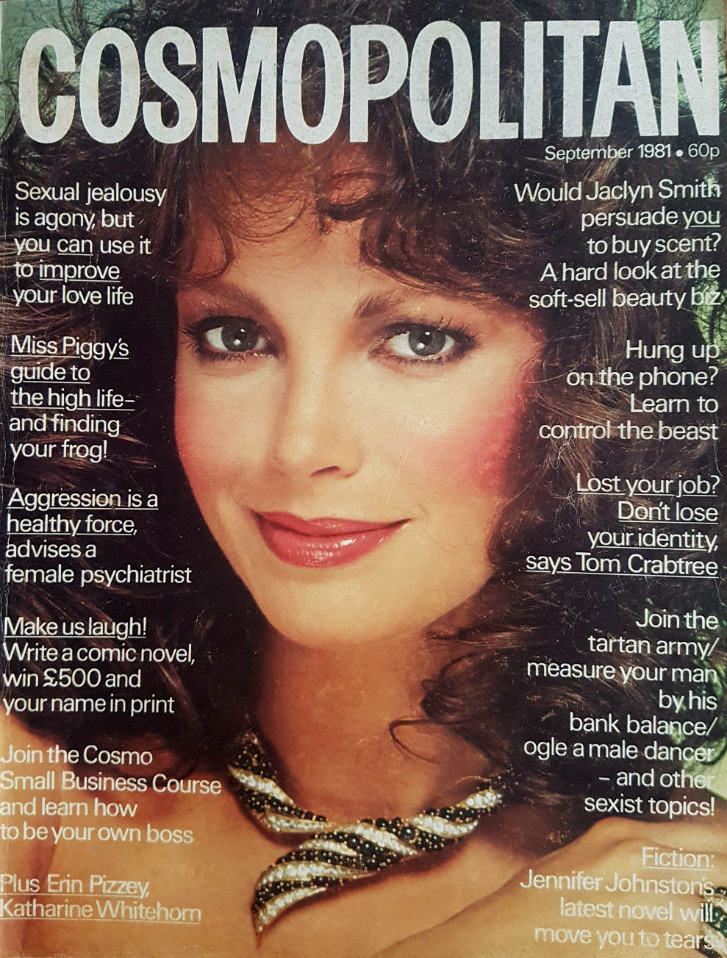

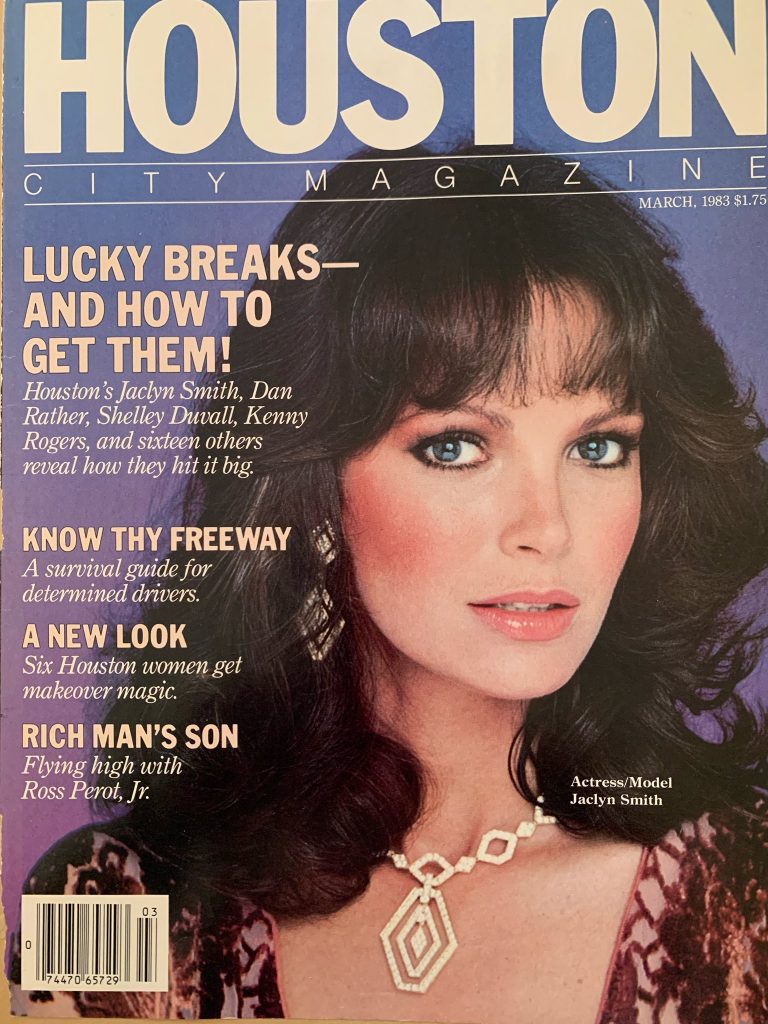

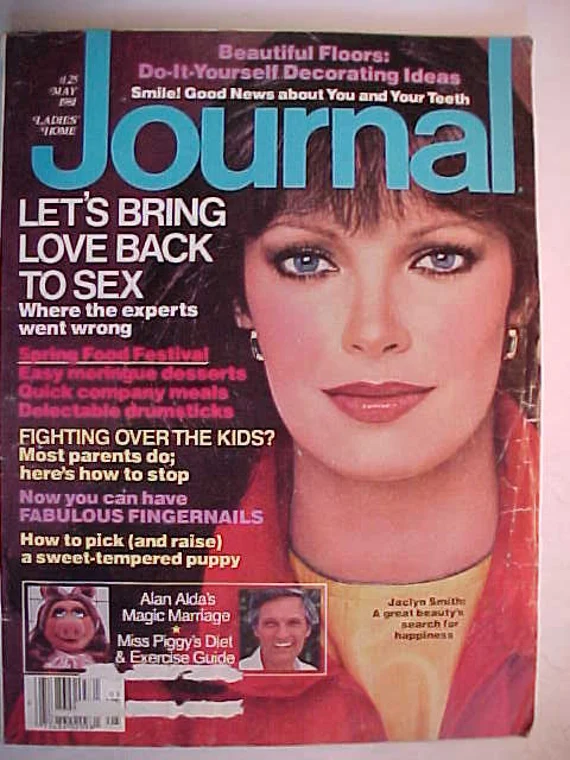
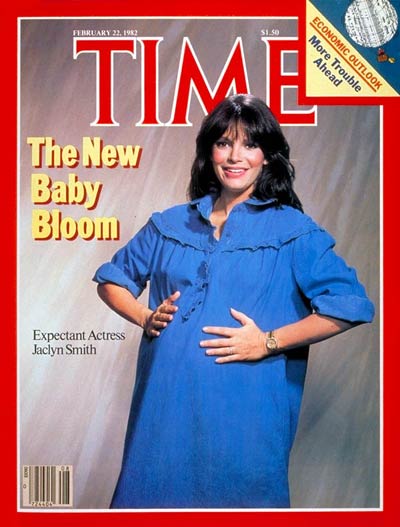
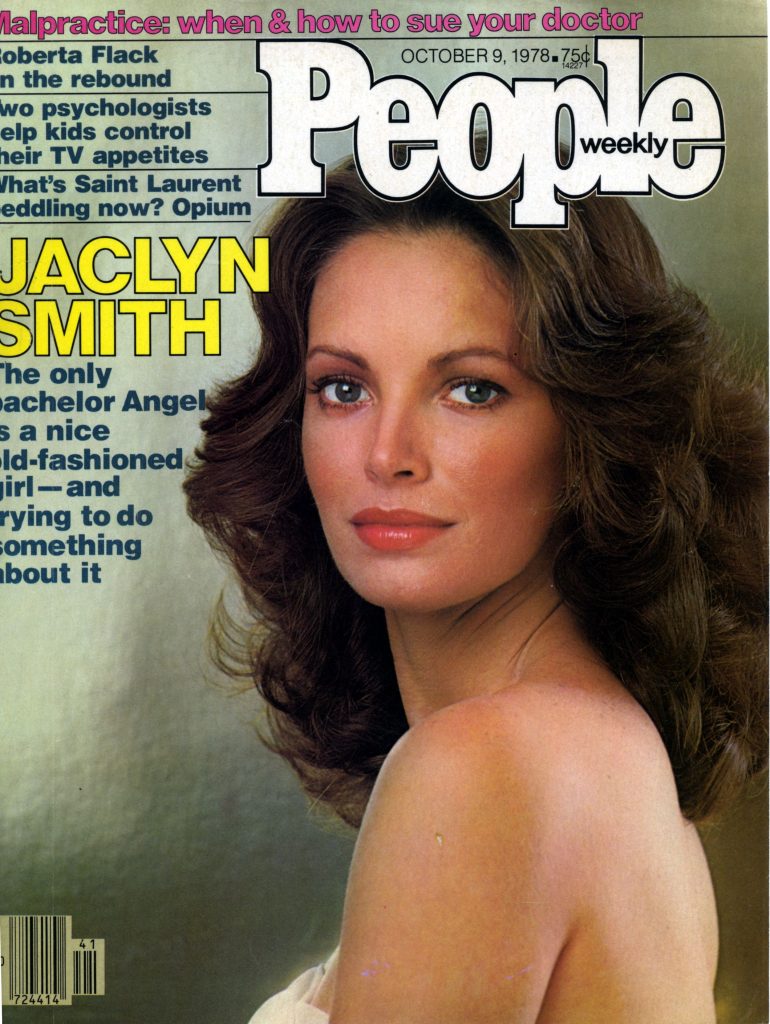
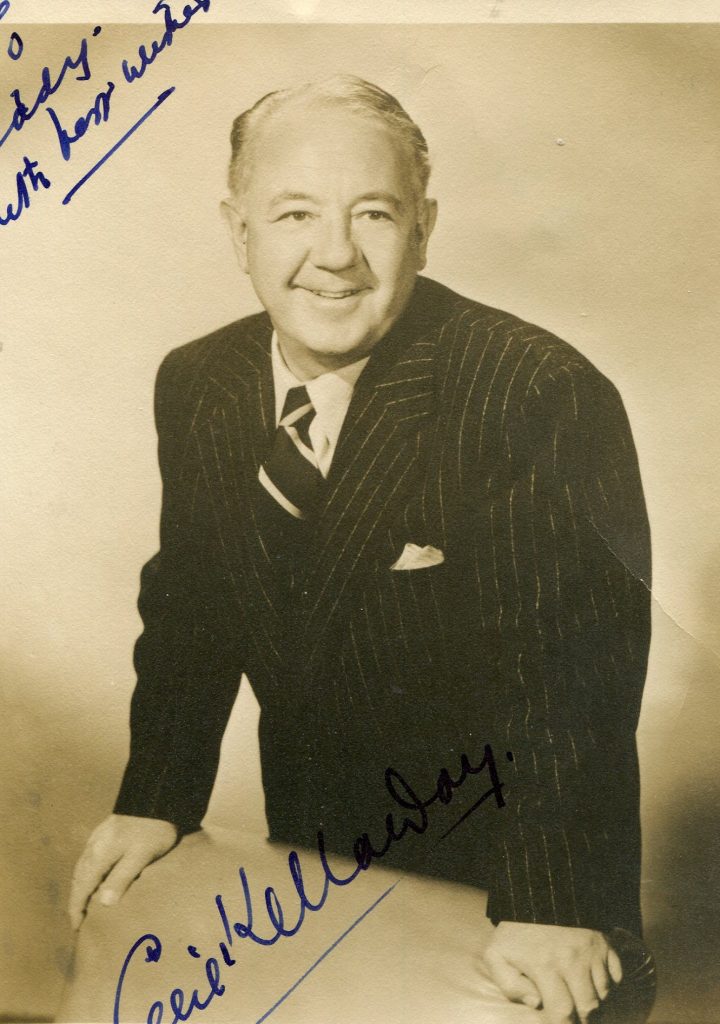
Cecil Kellaway (August 22, 1893 February 28, 1973), was born in Cape Town, South Africa, and was an Academy Award-nominated character actor active in Hollywood from the late 1930’s through the late 1960’s. Kellaway spent his early years as an actor, writer and director in Australia. He was discouraged during his initial trip to the US because he was getting only small gangster parts. He returned to Australia until William Wyler contacted him with a part in Wuthering Heights(1939). After that Kellaway remained in demand. Kellaway died in 1973, in Hollywood at age 79. He had received two Best Supporting Actor nominations in his career, for The Luck of the Irish and Guess Who’s Coming to Dinner. Other notable roles included that of Nick in The Postman Always Rings Twice (1946).
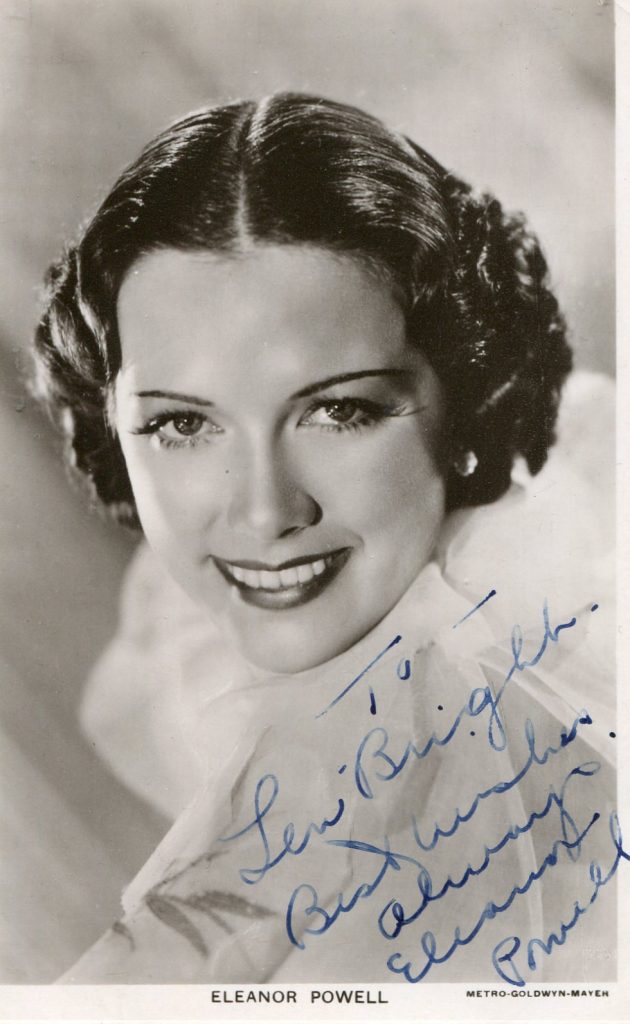
TCM Overview:
Ever-smiling, world-class tap artist who danced her way through a dozen successful MGM musicals in the late 1930s and early 40s before retiring from the screen–save for a guest role in “The Duchess of Idaho” (1950). Typically cast as the determined hopeful whose talent and determination get her to the top, Powell was not a major actress, but she did display exuberance and a certain tongue-in-cheek charm, and her aggressive, androgynous dancing style made her as familiar a sight in top hat and tails as Fred Astaire.Powell’s best films include “Broadway Melody of 1936” (1935), which made her a star, its two sequels from 1938 and 1940 (the latter featuring her legendary “Begin the Beguine” duet with Astaire), and “Born to Dance” (1936). Generally a solo dancer, the acrobatic Powell did have George Murphy on hand in several films as a partner; she also teamed with comedian Red Skelton for three films, the best of which is “Ship Ahoy” (1942). Married to actor Glenn Ford from 1943 to 1959, Powell hosted an acclaimed religious program in the 1950s and later performed occasionally onstage and in nightclubs.
https://youtu.be/eY2Dk1fpPPo?si=BIHxZYLW0T7pXPV6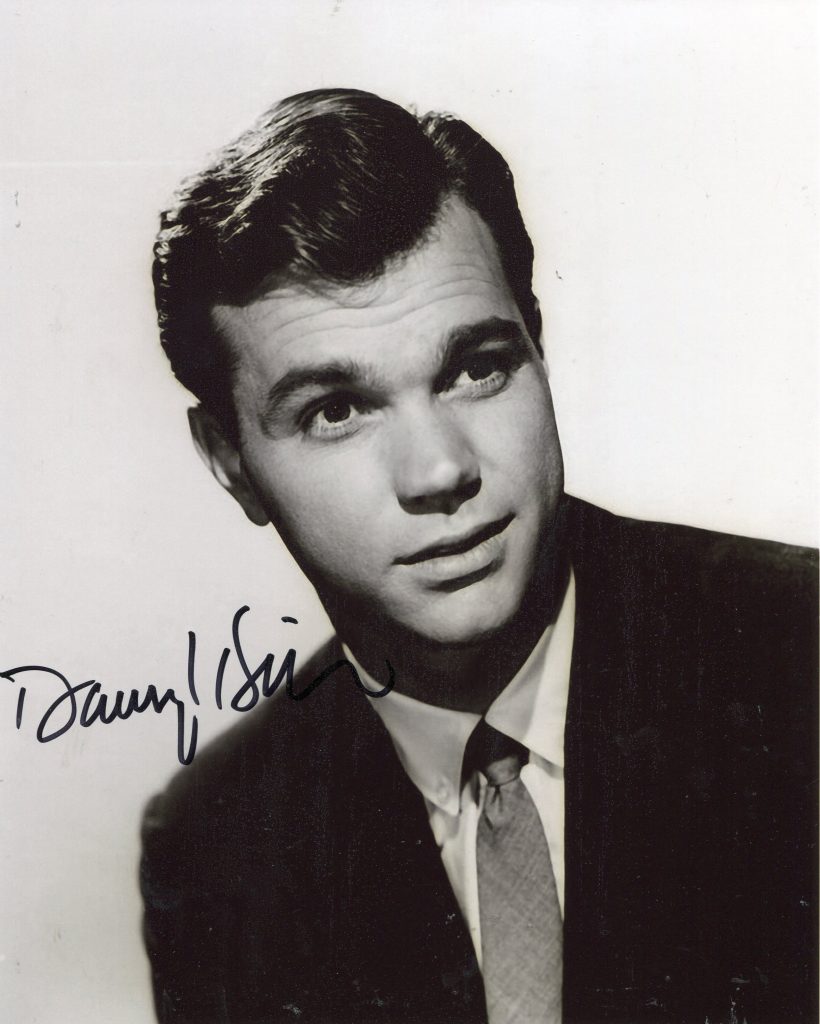
“Wikipedia” entry:
Darryl Hickman (born July 28, 1931) is an American film and television actor, former television executive, and child actor of the 1930s and 1940s.
Hickman gained attention as a child actor during the late 1930s and 1940s, appearing in The Grapes of Wrath, Men of Boys Town, The Human Comedy and Leave Her to Heaven, among others. He made a featured appearance in the 1942 Our Gang comedy Going to Press. In 1944, he played the antagonist to Jimmy Lydon‘s Henry Aldrich character in the film Henry Aldrich, Boy Scout. In 1946, he played young Sam Masterson in The Strange Love of Martha Ivers. By age 21, he had appeared in more than one hundred motion pictures. Darryl Hickman graduated from Cathedral High
After spending his childhood as an actor, Hickman retired from entertainment to enter a monastery in 1951, returning to Hollywood just over a year later. He continued acting, but in fewer roles than in the peak of his career. He was cast in 1952 in the episode “Fight Town” of the syndicated western television series, The Range Rider.
In 1954, he appeared as Chet Sterling in the “Annie Gets Her Man” episode of syndicated western series, Annie Oakley, with Gail Davis. In 1957, Hickman appeared in the episode “Copper Wire” of the syndicated western-themed crime drama Sheriff of Cochise. Later that year he appeared as murderer Steve Harris in the second Perry Mason episode, “The Case of the Sleepwalker’s Niece.” Hickman appeared four times in the 1957-1958 syndicated drama series, Men of Annapolis, about midshipmen at the United States Naval Academy in Annapolis, Maryland. He also guest starred in Kenneth Tobey‘s adventure drama, Whirlybirds.
Hickman was cast as Dal Royal in the 1957 episode “Hang ’em High” (1957) of the ABC/Desilu series, The Life and Legend of Wyatt Earp. In the story line, Marshal Wyatt Earp (Hugh O’Brian) and Sheriff Bat Masterson (Mason Alan Dinehart) tangle with secreted vigilantes called the “White Caps” after a judge order’s Royal’s hanging when he refuses to defend himself in court for fear the gang will murder his girlfriend, the daughter of a prominent rancher. The story line includes a fake hanging and burial to smoke out the gang and a rush to obtain justice by Earp and Masterson.[1]
In 1959, Hickman appeared on younger brother Dwayne Hickman‘s CBS sitcom The Many Loves of Dobie Gillis, playing his older brother Davey in the episode “The Right Triangle.”[2] In 1959, Darryl Hickman appeared in an episode of Wanted: Dead or Alive with Steve McQueen, titled “Rope Law”; on May 9, 1959, he was a guest star on CBS’s Gunsmoke as Andy Hill. He also guest-starred in a 1959 first-season episode of another ABC/Desilu series, The Untouchables, entitled “You Can’t Pick The Number”.
He guest-starred in the 1960 episode “Moment of Fear” of CBS’s The DuPont Show with June Allyson, also featuring Edgar Bergen. He appeared on NBC‘s science fiction series The Man and the Challenge. In 1962, he portrayed the part of Lt. Matthew Perry in the episode “The Reunion” on CBS’s Rawhide. During the American Civil War Centennial, Hickman played a young Union soldier in The Americans (1961), and as an officer in Walt Disney‘s Johnny Shiloh (1963). In 1966 he starred as Charley in the New York City Center revival of the Frank Loesser musical comedy Where’s Charley?. He had a key role in the film Sharky’s Machine (1981).
Hickman eventually became a television executive and an acting coach, and a voice actor for Hanna-Barbera Productions toward the end of a five-decade career in the entertainment industry. Some notable voice overs include Wags in The Biskitts and Derek from The Greatest Adventure: Stories from the Bible. He played Roadie, one of the cars with A.I. in the 1984 animated series Pole Position
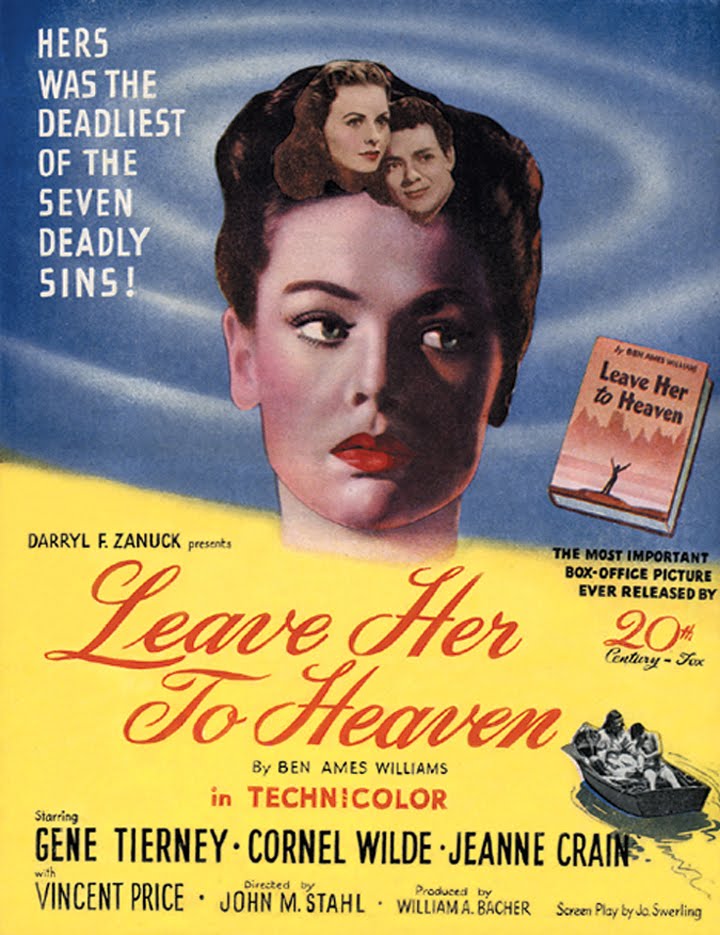
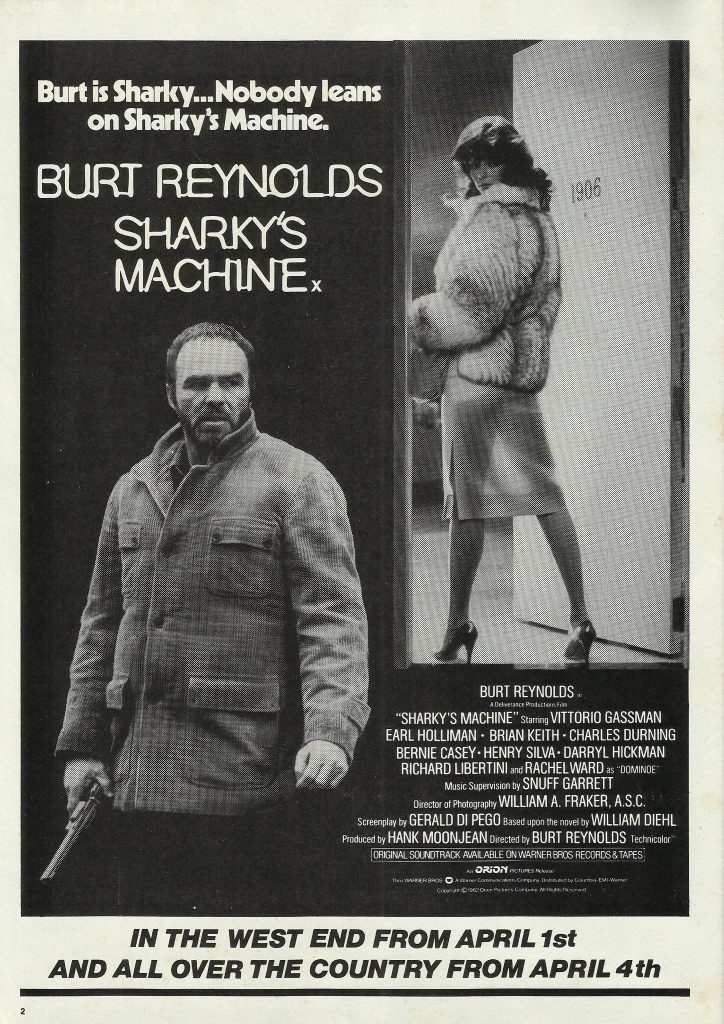
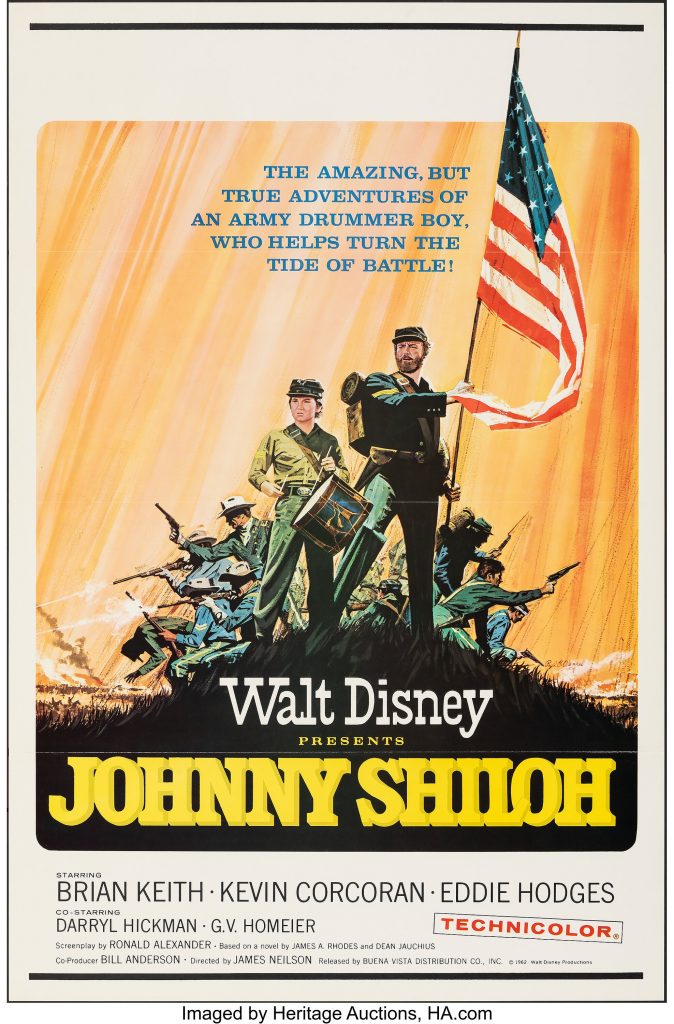
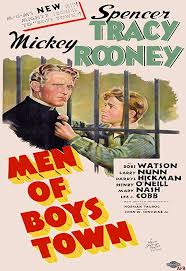
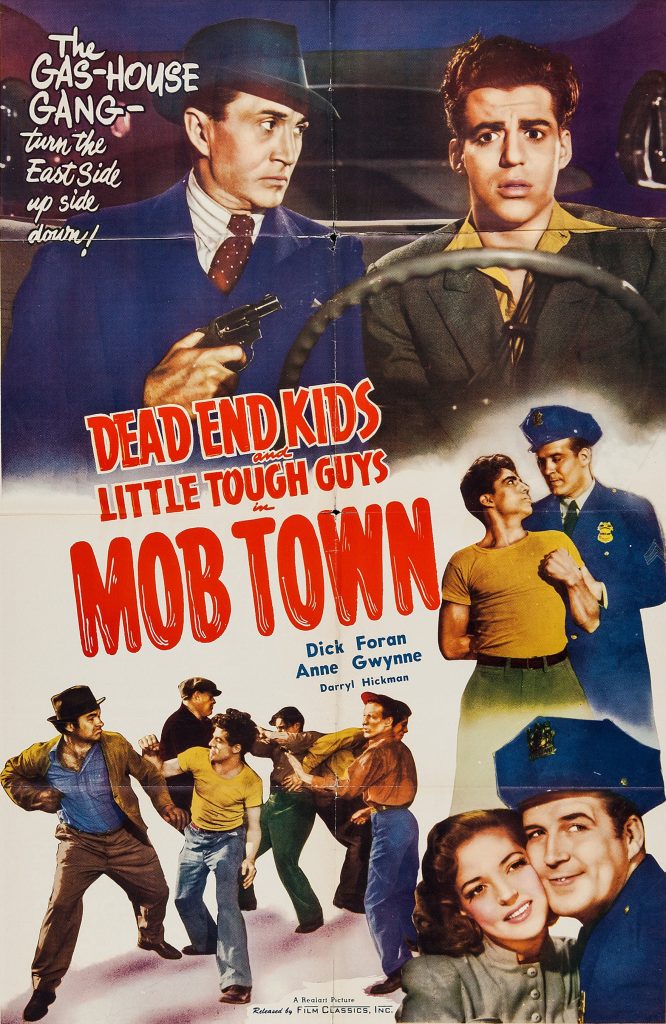
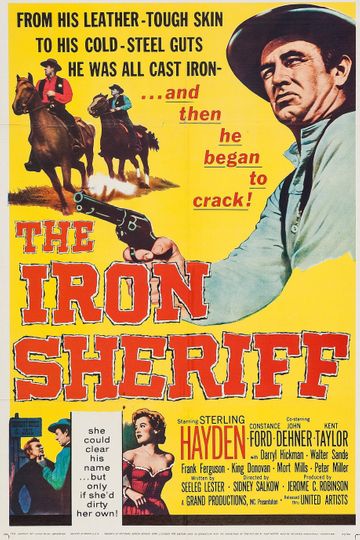
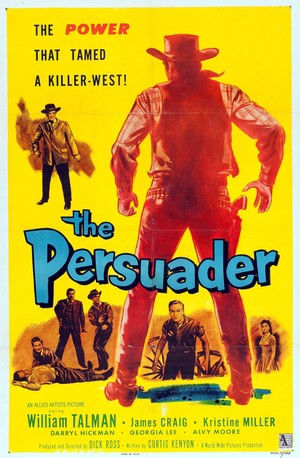
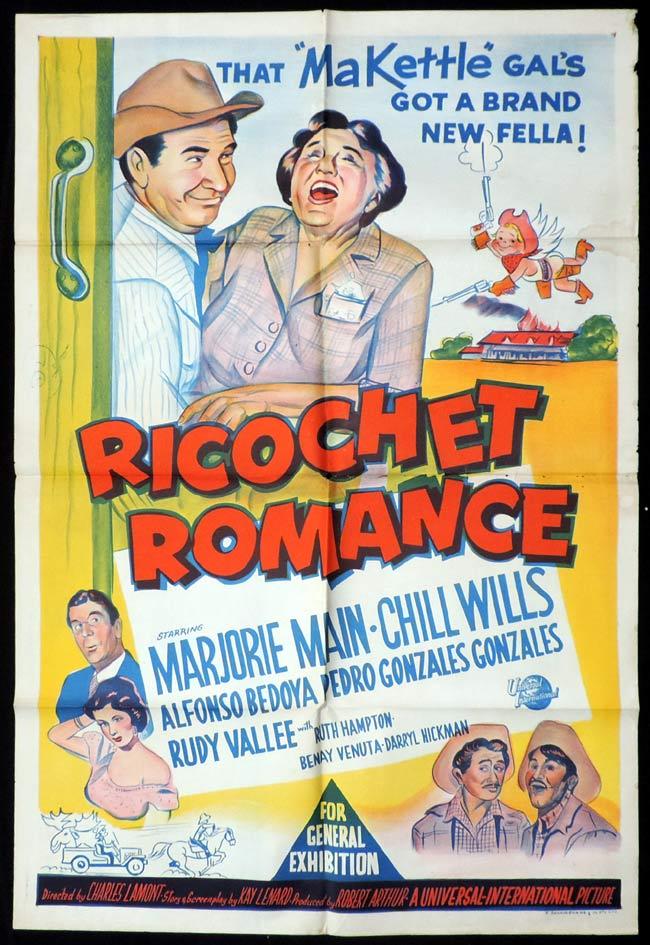
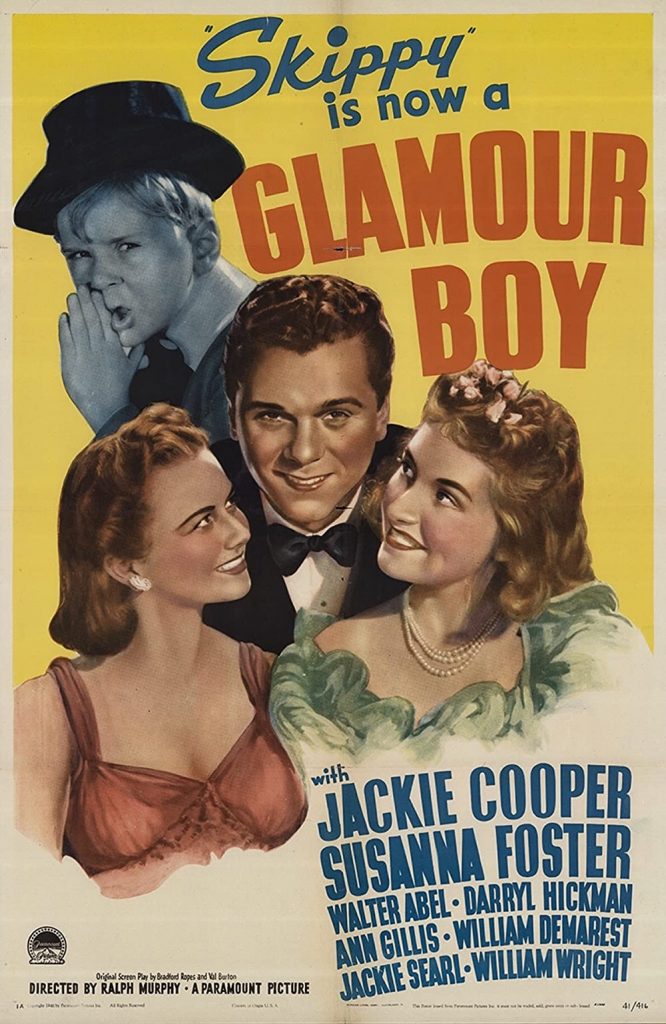
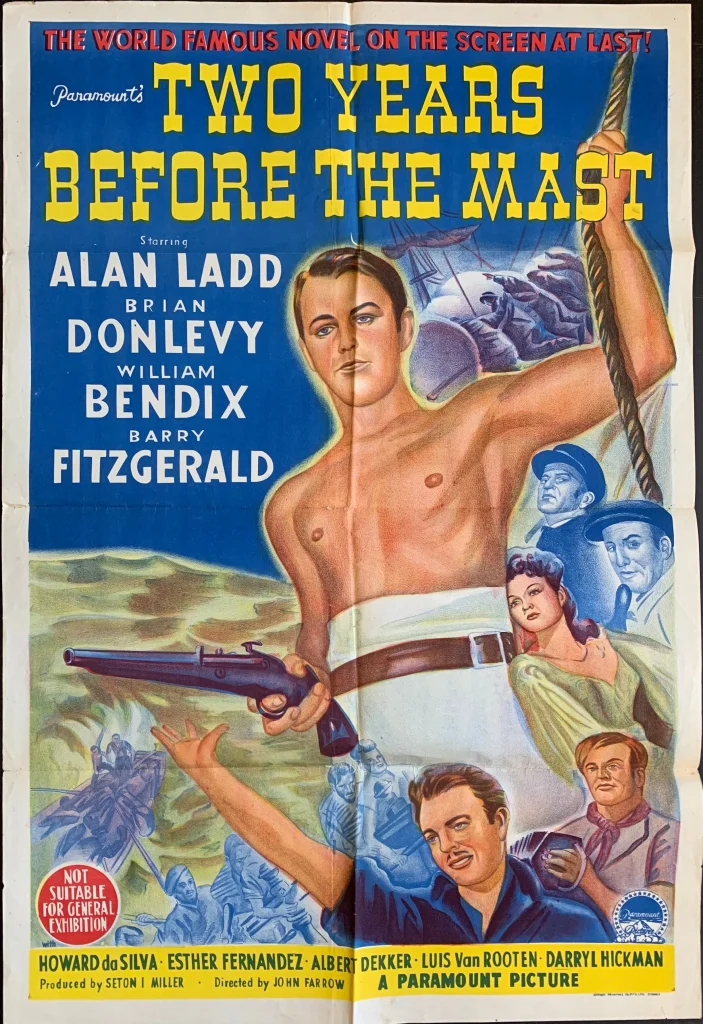
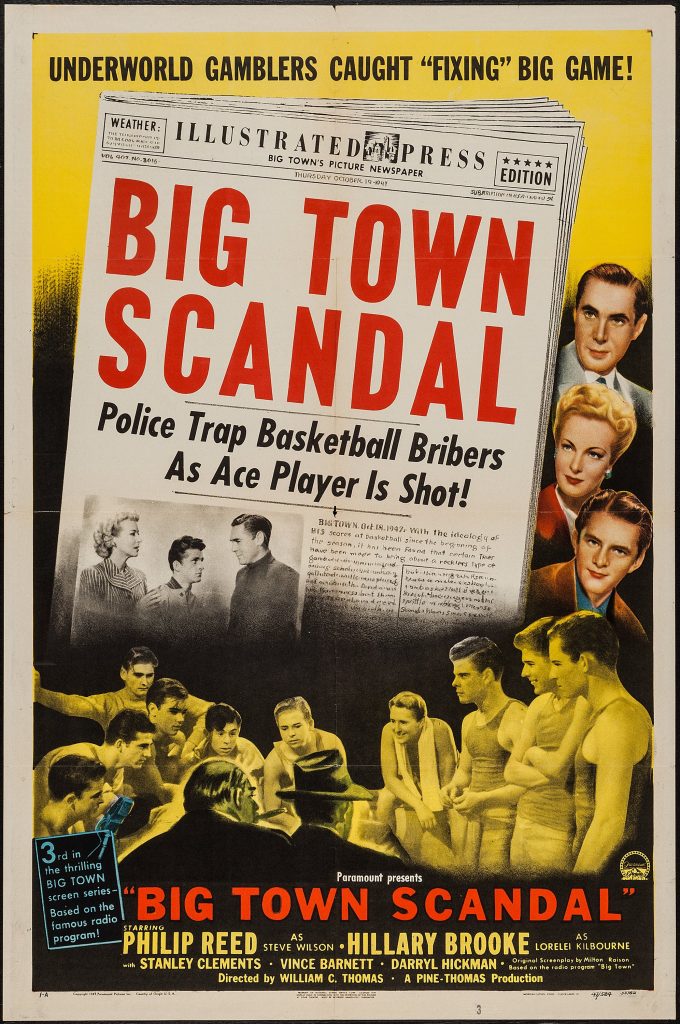
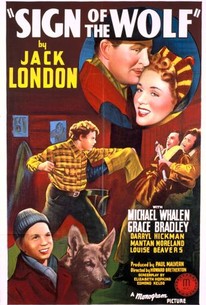
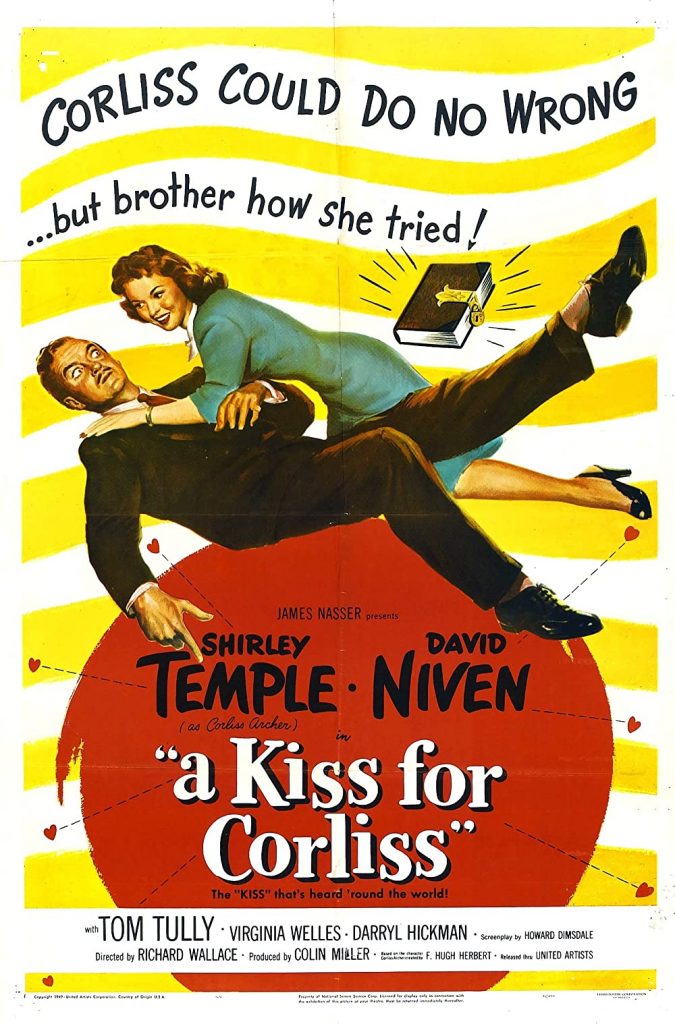
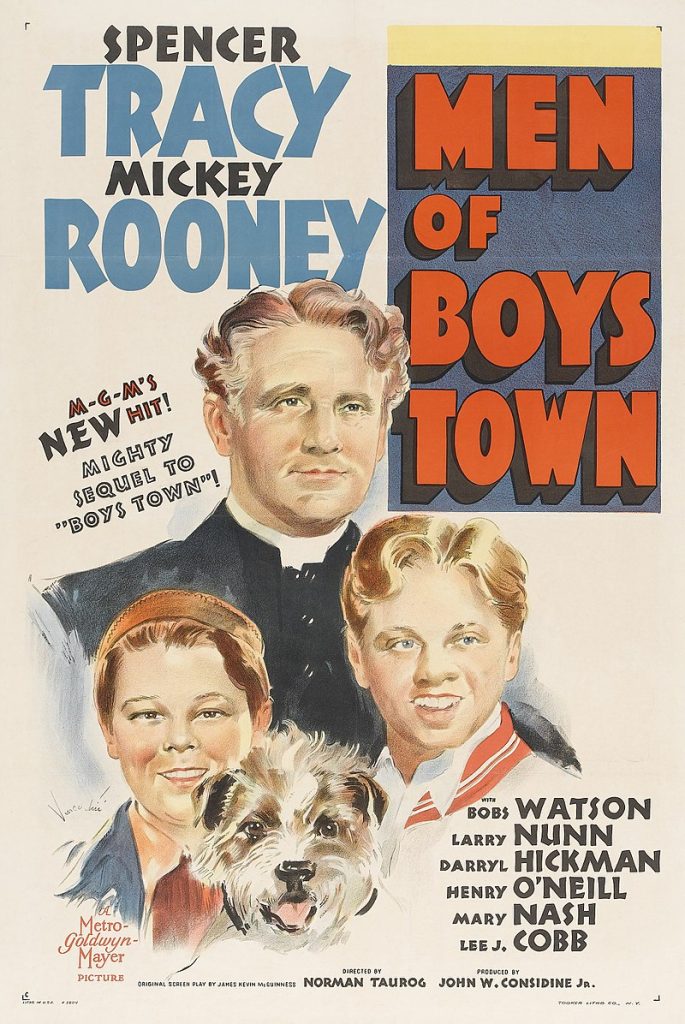
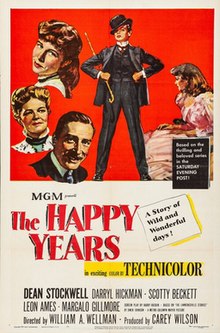
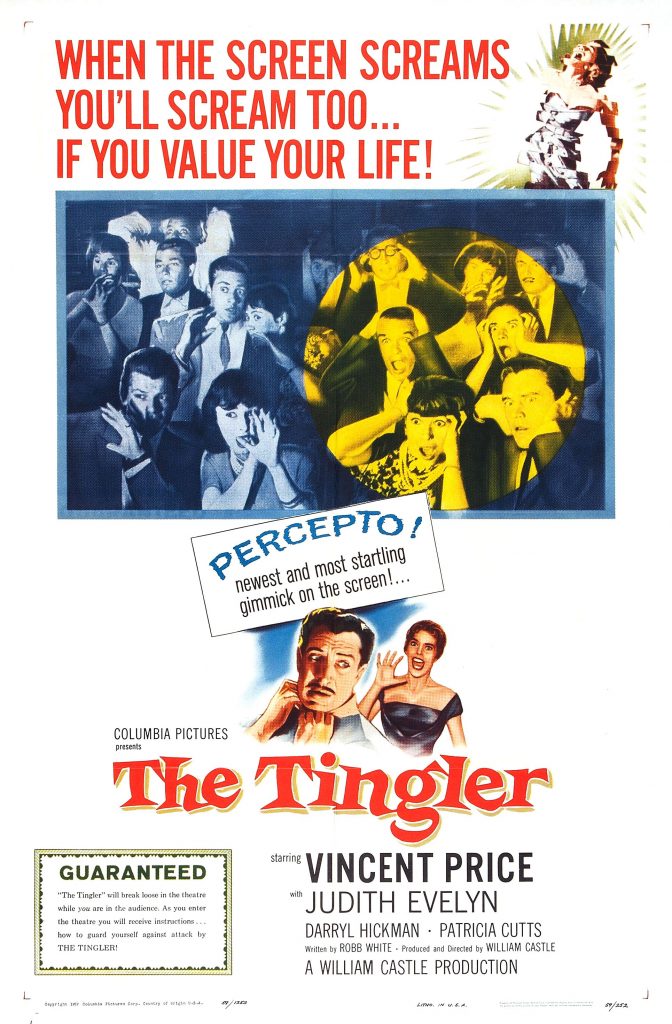

“Wikipedia” entry:
Robert Wolders (born 28 September 1936)[ is a Dutch television actor. Most known for his role in the television series Laredo and appearing in series such as The Man from U.N.C.L.E., Bewitched, and The Mary Tyler Moore Show. He was also the husband of Merle Oberon and longtime partner of Audrey Hepburn.
Wolders started out appearing in TV series like Flipper and The John Forsythe Show before landing the role of Erik Hunter in the second season of the TV series Laredo. He also had various guest roles in other shows, including Daniel Boone, The Man from U.N.C.L.E., The Name of the Game, The F.B.I., Bewitched, and The Mary Tyler Moore Show. Wolders stopped acting shortly after marrying Merle Oberon in 1975.
He met actress Merle Oberon while filming Interval in 1973. after filming with Wolders, she married Wolders in 1975. . They were married until her death in 1979.[ In 1980, Wolders became the companion of Audrey Hepburn until her death in 1993. .He died in 2018.
Actor who starred in the Sixties TV western Laredo but was better known as the long-term companion of Audrey Hepburn
Tuesday July 24 2018, 12.01am BST, The Times

When Robert Wolders first met Audrey Hepburn and invited her to dinner, she turned down his invitation, telling him that she had a night shoot for a film.
“I thought it was her gentle way of rejecting me,” he recalled. In fact, her prior engagement on the set of Peter Bogdanovich’s rom-com They All Laughed was genuine and she was as interested in Wolders as he was in her.
To his delight and surprise, she rang him the next day to ask him to join her for a drink at the Pierre hotel, facing Central Park in New York. Drinks led to plates of pasta and they talked for hours in what was the beginning of a loving relationship that sustained Hepburn over the last 12 years of her sometimes troubled existence. “I have a wonderful man in my life, I have my Robert,” she told Barbara Walters in a 1989 television interview. “He takes great care of me. He gives me that marvellous feeling that I’m protected and that I’m the most important thing to him.”
Indeed, Wolders became better known as Hepburn’s partner than for his own acting career, but it never seemed to trouble him. He had arrived in Hollywood two decades earlier when he was quickly typecast as an exotic lover; his Dutch accent added a touch of mystery.
He made his mark starring in the 1960s TV western Laredo as the dashing Texas ranger Erik Hunter, a character he described as “a combination of Errol Flynn, 007 and Casanova”. He also appeared in films such as Beau Geste and Tobruk and made guest appearances in TV shows including The Man from U.N.C.L.E., Bewitched and The Mary Tyler Moore Show.
After marrying Merle Oberon, another actress whose CV outshone his own and with whom he co-starred in the 1973 film Interval, he turned his back on acting and never appeared on the big screen again. “Acting for me was a hardship,” he observed in attempting to explain his unexpected retirement before he was 40. “I had no confidence.”
He never regretted the decision, but later admitted that on occasions when he saw a particularly wooden piece of acting he allowed himself the inward satisfaction of thinking, “I could have done better than that.”
When he encountered Hepburn in 1980 he was still grieving for Oberon, who had died the previous year after a stroke. “We met at a time when we each had gone through trials, but we knew exactly what we wanted,” he said. “Togetherness.”



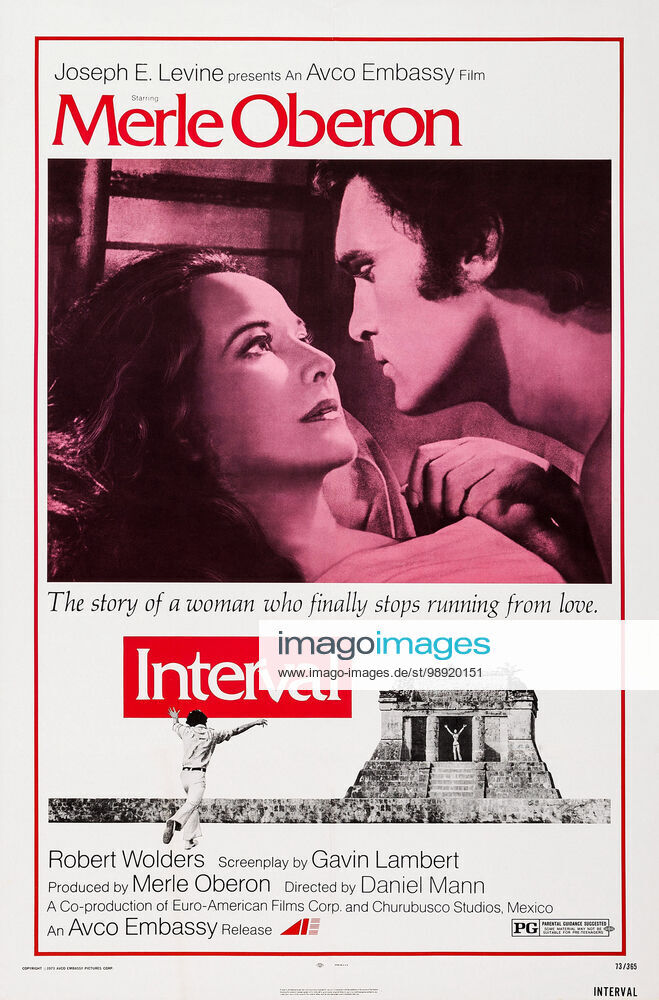
At 50 Hepburn was “not in a happy place” either. She was facing the collapse of her relationship with the Italian psychiatrist Andrea Dotti, who was her second husband.
In Wolders she claimed finally to have met “her spiritual twin”, the man with whom she wanted to grow old. It required little persuasion when she suggested that he abandon his life in America to live with her in Switzerland.
At her estate of La Paisible (The Place of Peace), in Tolochenaz in the foothills of the Alps, they lived a contented life away from the public eye, bringing up Hepburn’s youngest son, Luca, and, in later years, dedicating much of their time to charitable work.
Wolders described an idyllic routine. Their days began with toast spread with Hepburn’s homemade plum jam before they worked together in the dining room. Lunch comprised greens from the garden, French bread and a slice of Gruyère cheese. After a siesta they would take a leisurely walk through the vineyards with a pair of Jack Russell terriers named Penny and Missy, whom Hepburn called “my little hamburgers”. Their evenings were spent watching tapes of their favourite films. “We are married, just not formally,” Hepburn said. The couple’s only regret was that she was too old for them to have a child.
In 1987 Hepburn was appointed a goodwill ambassador for Unicef. Wolders accompanied her on many of her missions for the global children’s charity, including a traumatic trip to war-ravaged Somalia in 1992.
Her death at 63 came as a shock. When they returned from Somalia, Hepburn experienced intense abdominal pains that she attributed to a stomach bug; it turned out to be cancer of the appendix. She underwent surgery in Los Angeles, but her doctors warned the couple that she had little time left.
After Hepburn had made it clear that she wanted to spend her final weeks at La Paisible, Wolders arranged with the designer Hubert de Givenchy (obituary, March 13, 2018) to borrow his private jet to take her home; she was too weak to fly on a commercial aircraft. The couple had one last traditional Christmas together before she died in her sleep on January 20, 1993.
In her will she left Wolders two silver candlesticks, while her sons, Sean and Luca, with whom he continued to work on the board of the Audrey Hepburn Children’s Fund, inherited the estate.
After her death he returned to the US where he had relationships with the actress Leslie Caron and, for the last 20 years of his life, with Henry Fonda’s widow, Shirlee. She was “a great friend of Audrey, and a great friend of Merle,” he said. “Maybe it sounds odd but I knew that Merle would have approved of me being with Audrey, and Audrey would have approved of Shirlee.”
Robert Wolders was born in Rotterdam in the Netherlands. The son of an actress, he arrived in the US in the mid-1950s to study psychotherapy at the University of Rochester, where he joined the university stage society. He went on to study at the American Academy of Dramatic Arts in New York. Although he intended to complete his doctorate at Rochester, he was then invited to a screen test in Hollywood.
“I thought it was a lark, and I’d never been to the west coast,” he said. “It was a nice opportunity to come over, then to be sent back with my tail between my legs.” When offered the job he was still minded to turn it down. “I was going to return to my studies,” he said. “Then they told me what they were paying.”
Her death at 63 came as a shock. When they returned from Somalia, Hepburn experienced intense abdominal pains that she attributed to a stomach bug; it turned out to be cancer of the appendix. She underwent surgery in Los Angeles, but her doctors warned the couple that she had little time left.
After Hepburn had made it clear that she wanted to spend her final weeks at La Paisible, Wolders arranged with the designer Hubert de Givenchy (obituary, March 13, 2018) to borrow his private jet to take her home; she was too weak to fly on a commercial aircraft. The couple had one last traditional Christmas together before she died in her sleep on January 20, 1993.
In her will she left Wolders two silver candlesticks, while her sons, Sean and Luca, with whom he continued to work on the board of the Audrey Hepburn Children’s Fund, inherited the estate.
After her death he returned to the US where he had relationships with the actress Leslie Caron and, for the last 20 years of his life, with Henry Fonda’s widow, Shirlee. She was “a great friend of Audrey, and a great friend of Merle,” he said. “Maybe it sounds odd but I knew that Merle would have approved of me being with Audrey, and Audrey would have approved of Shirlee.”
Robert Wolders, actor, was born on September 28, 1936. He died from undisclosed causes on July 12, 2018, aged 81
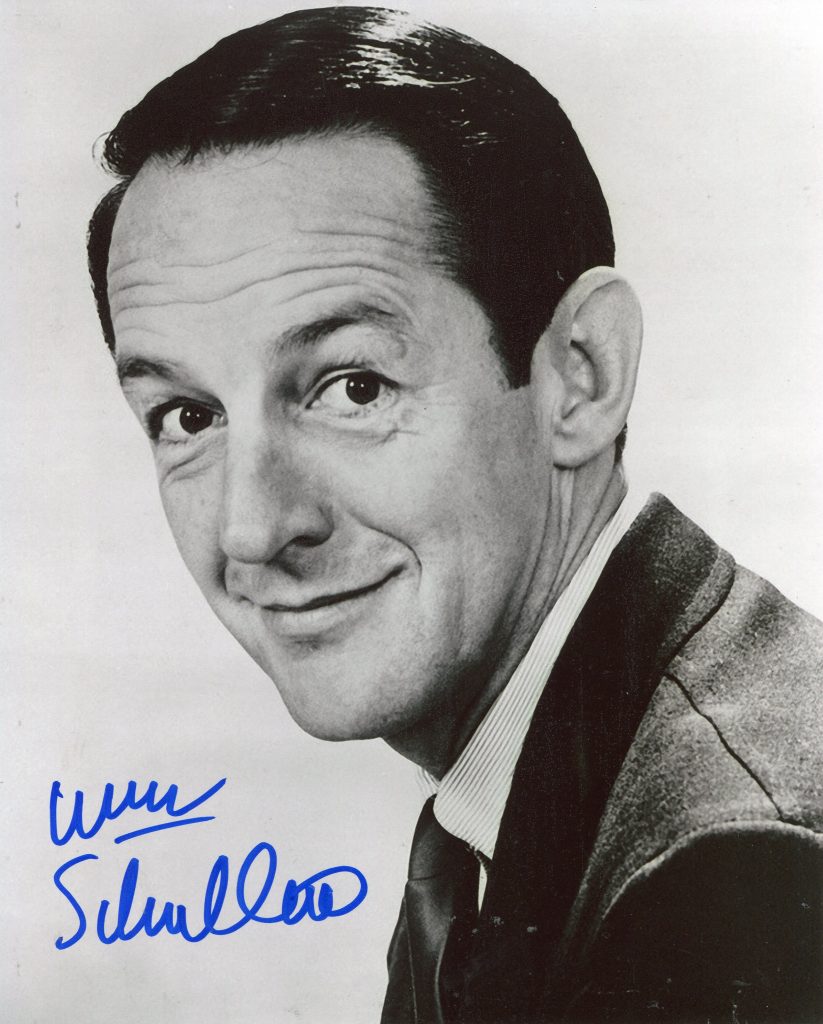
“New York Times” obituary from May 2016:
William Schallert, a familiar presence on prime-time television for decades, notably as the long-suffering father and uncle to the “identical cousins” played by Patty Duke on the hit 1960s sitcom “The Patty Duke Show,” died on Sunday in Pacific Palisades, Calif. He was 93.
His son Edwin confirmed the death.
Mr. Schallert’s career spanned generations and genres. Over more than 60 years he racked up scores of credits in episodic television as well as noteworthy performances in motion pictures, on the Off Broadway stage and as a voice-over artist.
With his preternaturally mature, intelligent but (by Hollywood standards) unremarkable looks, he was cast almost from the beginning as an authority figure — a father or a teacher, a doctor or a scientist, a mayor or a judge. Most active from the 1950s through the ’80s, Mr. Schallert remained seemingly unchanged in appearance and persona over time, and he was still working in his 90s, dismissing any thoughts of retirement.
On television it sometimes seemed as if he was everywhere. A versatile character actor with a comforting presence, he was equally at home in comedies and dramas, with a résumé ranging from “Leave It to Beaver,” “The Twilight Zone,” “Dr. Kildare” and “The Wild Wild West” to “Melrose Place,” “True Blood” and “Desperate Housewives.”
Before joining the ranks of harried sitcom fathers as Martin Lane on “The Patty Duke Show” (1963-66), he was the equally harried teacher Leander Pomfritt, bane of the title character, on “The Many Loves of Dobie Gillis” (1959-62). He also earned a permanent place in the hearts of “Star Trek” fans in 1967 when he played Nilz Baris, under secretary in charge of agricultural affairs for the United Federation of Planets, in “The Trouble With Tribbles,” often cited by fans and critics as one of the best episodes of the original “Star Trek” series. Never a leading man, Mr. Schallert was instead a high-caliber embodiment of the working actor.
In an interview for this obituary in 2009, Mr. Schallert said he had never been particularly selective about the roles he played. “That’s not the best way to build a career,” he admitted, “but I kept on doing it, and eventually it paid off.”
While the typical William Schallert character was focused and serious, he expressed particular affection for an atypical role: the wildly decrepit Admiral Hargrade, a recurring character on the spy spoof “Get Smart” (1967-70), who operated in a perpetual state of confusion. (“He reminded me of my grandmother when she got dotty,” Mr. Schallert said.)
The above “New York Times” obituary can also be accessed online here.
Anyone who knows me are aware that I am a bit of a movie buff. Over the past few years I have been collecting signed photographs of my favourite actors. Since I like movies so much there are many actors whose work I like.